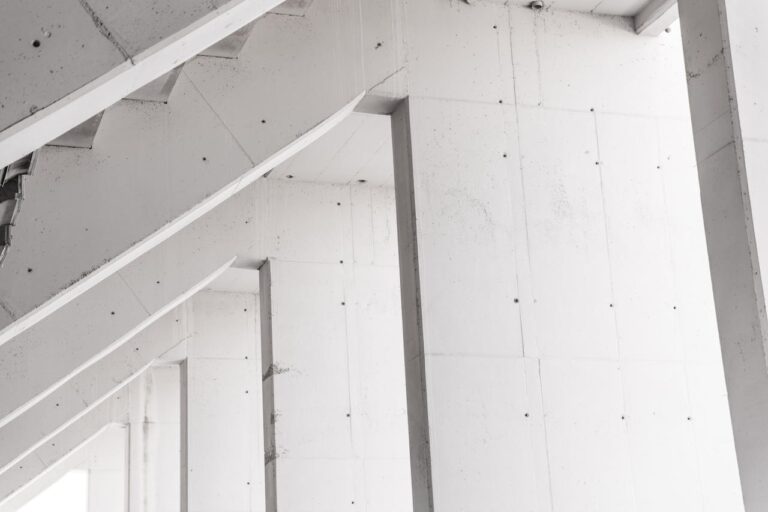
If you listen closely — really listen — you can almost hear it. That faint, dry shuffle beneath your feet. The kind of sound you can’t quite place. Not loud enough to alarm you. Not quiet enough to ignore.
That’s the sound of a secret world—the kind only a Termite Inspection can uncover.
And in Australia, that secret runs deep — hidden in old beams, under floorboards, behind that wall you’ve never thought twice about. Termites aren’t dramatic destroyers; they’re quiet craftsmen of chaos. They don’t announce themselves. They just work.
Until one day, they don’t have to hide anymore.
The Slow Disaster You Don’t See Coming
Every country has its natural disasters. Ours eat houses from the inside out.
The average Australian home sits in prime termite territory — warm, humid, timber-rich. Perfect conditions for a colony to thrive unseen. That’s why Termite Inspection isn’t just pest control; it’s home protection in disguise.
By the time you see visible damage, the termites have already held a years-long dinner party behind your walls. And you? You’ve been footing the bill, plank by plank.
But this isn’t a story about panic. It’s one about prevention — and the curious people who’ve made it their life’s work to see what others can’t.
The Inspector’s Perspective
There’s a strange kind of poetry in a Termite Inspection.
It’s part detective work, part meditation. You start at dawn, when the world is quiet enough to listen to the details. The hum of a moisture meter. The hollow sound of tapping on skirting boards. The soft sigh of dust stirred under the house.
Inspectors move like archaeologists. Patient. Careful. Reading the clues that homeowners miss — blistered paint, a faint ripple on a beam, the way a door frame swells for no good reason.
Every sign means something: every creak, every line.
Sometimes, it’s nothing. Just age. But sometimes it’s the beginning of something much worse.
That’s the haunting beauty of termite work — it’s invisible until it’s not.
The Tiny Architects of Destruction
Termites are fascinating if you can forget, for a second, that they’re chewing through your most significant investment.
A colony is organised, relentless. Workers, soldiers, a queen who can outlive most marriages. They operate like a living machine, recycling nature’s waste — except when that “waste” happens to be your kitchen floor.
A proper Termite Inspection doesn’t just look for the bugs. It looks for the conditions that attract them. Damp corners. Leaky gutters. Timber decks are resting too close to the soil.
It’s like diagnosing an illness before the symptoms appear. Catch it early, and you can save the structure. Catch it late… and you’re rebuilding.
They say prevention is better than a cure. With termites, prevention is survival.
Tools of the Quiet Trade
Forget the spray cans and magnifying glasses. A modern Termite Inspection looks more like a sci-fi movie than an exterminator’s toolkit.
Thermal imaging cameras pick up heat patterns inside walls — the warm pulse of termite activity hidden behind plaster. Moisture sensors detect the subtle humidity termites bring with them. Even acoustic devices can “hear” their movement inside timber.
Technology aside, there’s still something very human about it. A good inspector can sense things machines can’t. The smell of decayed cellulose. The way a beam gives under light pressure. Years of instinct, sharpened by dirt and time.
And that’s where the magic happens — at the intersection of science and gut feeling.
Conversations You Don’t Want to Have
There’s a quiet pause that comes right after bad news. When an inspector finishes their sweep, takes off their gloves, and looks at you with that slow, measured breath.
“I found something.”
It’s not a line anyone wants to hear. But it’s also the moment honesty begins.
A Termite Inspection isn’t about fear; it’s about awareness. The sooner you know, the sooner you act. And in Australia, action means everything — because termites don’t stop for weekends, or weather, or sentimentality.
You can almost see the denial melt away in people’s faces. The shift from it won’t happen to us to we need to fix this now.
And maybe that’s the quiet power of this job. It’s not about bugs. It’s about helping people retake control.
The Australian Connection
Termites belong here. They were here long before houses, long before we started calling timber “ours.” They’re part of the ecosystem — recyclers, decomposers, little engineers of the bush.
But in touch situations Termite Inspection in Australia play their own character — equal parts environmental awareness and architectural defense. Inspectors know how to read our landscapes. The red earth. The coastal humidity. The suburban sprawl was built on forgotten wetlands.
It’s an ongoing dance between nature and design — one trying to reclaim, the other trying to endure.
And in that dance, the inspector is the quiet observer keeping balance.
Seeing What Others Miss During Termite Inspection
Maybe that’s what makes a termite inspector special. They see stories in woodgrain. They hear whispers in silence.
A nail slightly displaced, a faint crack near the skirting — to most, nothing. To them, it’s a breadcrumb trail leading to a hidden colony.
A good Termite Inspection isn’t just about detection. It’s about intuition. Knowing when to trust the instruments and when to trust your instincts.
Because sometimes the danger isn’t where you expect it. It’s behind the one wall you never thought to check.
The Real Value of Peace of Mind
When you think about it, Termite Inspection is one of the few services that protects something priceless — peace of mind.
It’s not glamorous. No one brags about having their home inspected. But when you’ve seen what termites can do — when you’ve stood in a half-collapsed living room or a hollowed-out floor — you start to realise how fragile our comforts are.
It’s not paranoia. It’s care. For your home. Your investment. Your sanity.
Also Read: Composite Decking vs Timber: Which Is Better
The Unsung Protectors
So next time you see a van parked outside your neighbour’s house that says “Termite Inspection Services,” from OzPest Solutions, maybe look again. Inside is someone doing quiet work that keeps families safe, homes standing, memories intact.
They’ll crawl through dirt, tap at beams, study shadows. Looking for something no one else wants to find. And when they walk out — hands dusty, boots scuffed — they’ll leave behind something invisible but powerful.
Safety. Certainty. Stillness. The kind of peace that comes from knowing what’s beneath your feet.








